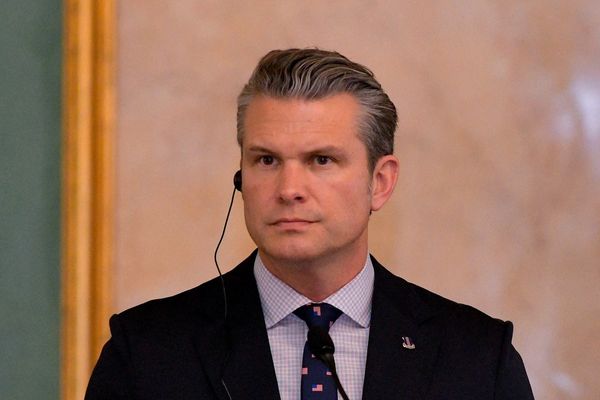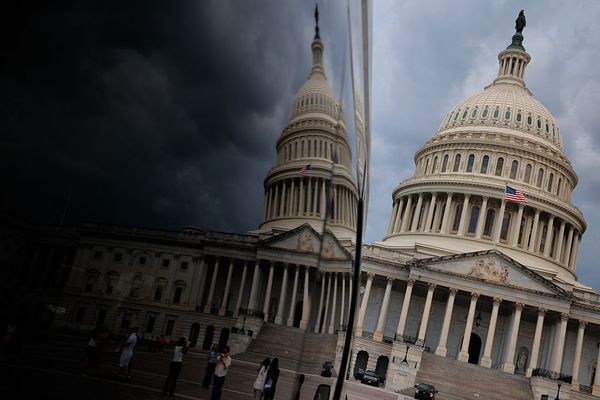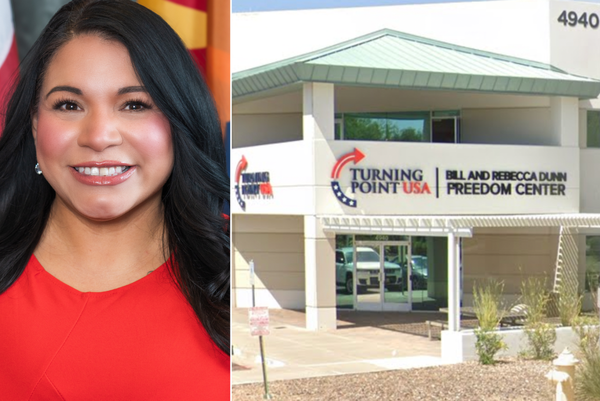
A divided Reserve Bank of Australia has held rates at 3.85%, in a surprise decision that denies further mortgage relief for millions of households.
The split decision came as a shock to financial markets and a large majority of experts who were sure the RBA board would cut interest rates for a second straight meeting.
Weak growth at the start of the year, easing inflation, and serious worries about the impact of Donald Trump’s trade war on the global economy were all cited as reasons for a third rate cut of 2025.
The RBA board was split, with six voting in favour of keeping rates on hold, and three against, shifting away from recent consensus decisions.
The RBA governor, Michele Bullock, said at a post-decision media briefing the board was united in its view on the direction of interest rates, just not on the timing of cuts.
Bullock said she understood mortgaged households were keen to see interest rates fall, and denied that the surprise decision to hold was a betrayal.
“Betrayal would be to let inflation get out of hand,” Bullock said.
“We’re never going to go back from the level of prices now, but we can at least stop them from rising as quickly.”
Bullock said the board would wait to see if the quarterly inflation data, due out at the end of July, showed another decline before deciding on a possible rate cut.
The monthly inflation data published in late June that fuelled expectations of a rate cut can be volatile and is viewed as less authoritative than quarterly figures.
Split decision
The decision, which was contrary to the near consensus economist forecasts ahead of the announcement, has raised questions over the RBA’s communication strategy, which is an area it had promised to improve on following criticism during the pandemic.
Bullock defended the central bank’s communication on Tuesday.
“I know a lot of people are really certain that they know exactly what to do and exactly how to get there; I’m not quite so certain,” she said.
While the RBA’s rate decision statement shows there was a split in Tuesday’s vote, the records do not show how Bullock, or any other member, voted. Economists at ANZ said the split decision showed a “reasonable degree of divergence for a board that has traditionally tried to arrive at decisions by consensus”.
The RBA will now have more time to weigh up any further fallout from Donald Trump’s tariff regime and its shifting timelines.
Bullock said some global trade risks had abated since the RBA last met, a factor that alleviated the need for an imminent rate cut.
“But this is a very fluid situation, and we will continue to watch the data here and overseas very closely to see how things play out,” she said.
The treasurer, Jim Chalmers, said it was “not the result millions of Australians were hoping for”.
“We have made substantial and sustained progress on inflation which is why interest rates have already been cut twice in five months this year,” Chalmers said.
“We’ve seen elsewhere that when central banks cut rates, they don’t always cut at every meeting.”
The chief economist at Betashares, David Bassanese, was one of a small group of RBA watchers who had expected the central bank to keep rates on hold.
He said after the decision that the anticipated rate cut was “delayed not denied”.
“In that sense, this is very much a rate cut delayed not denied – the millions of Australian mortgage holders have only a few weeks to wait for relief,” Bassanese said.
Falling borrowing costs have added “gusto” to the property market in recent months, with prices at peak levels in Sydney, Brisbane, Adelaide, Perth and Darwin. There has also been a recovery in Melbourne and Hobart.
The RBA’s rate-setting board will announce its next decision on 12 August.







